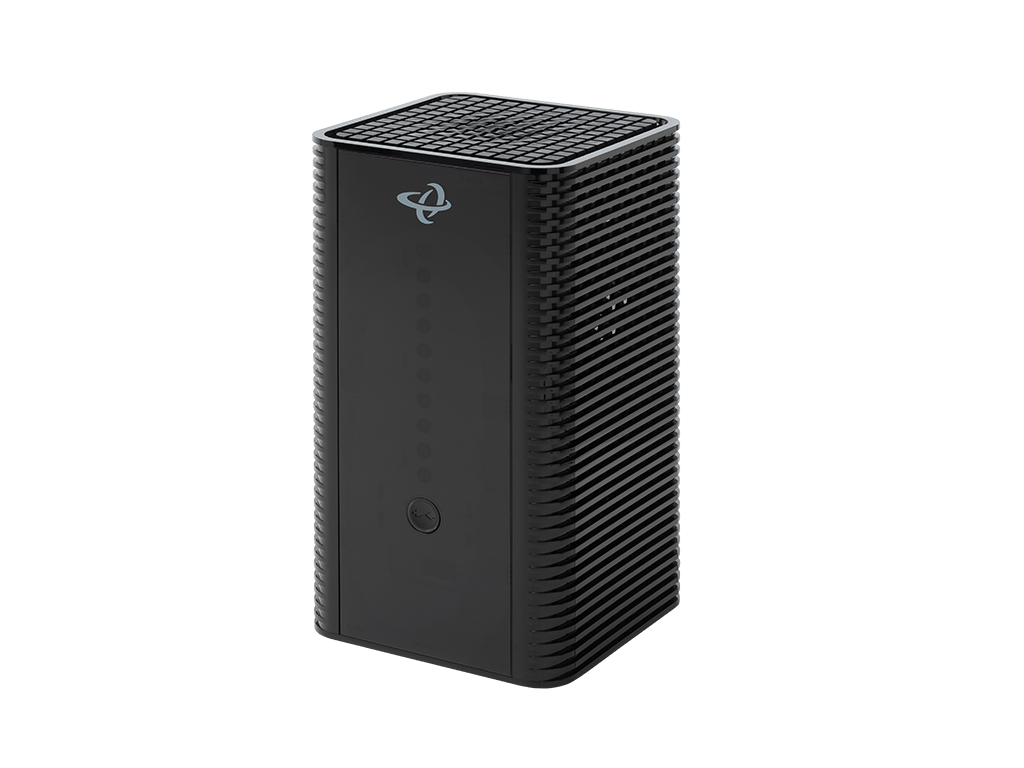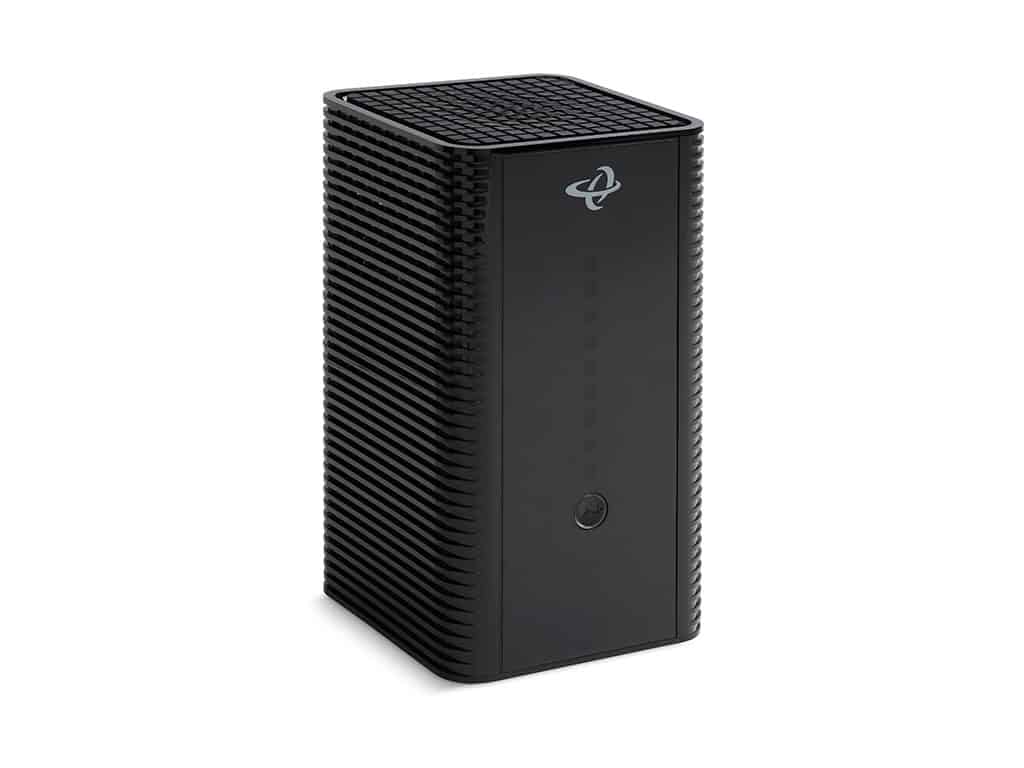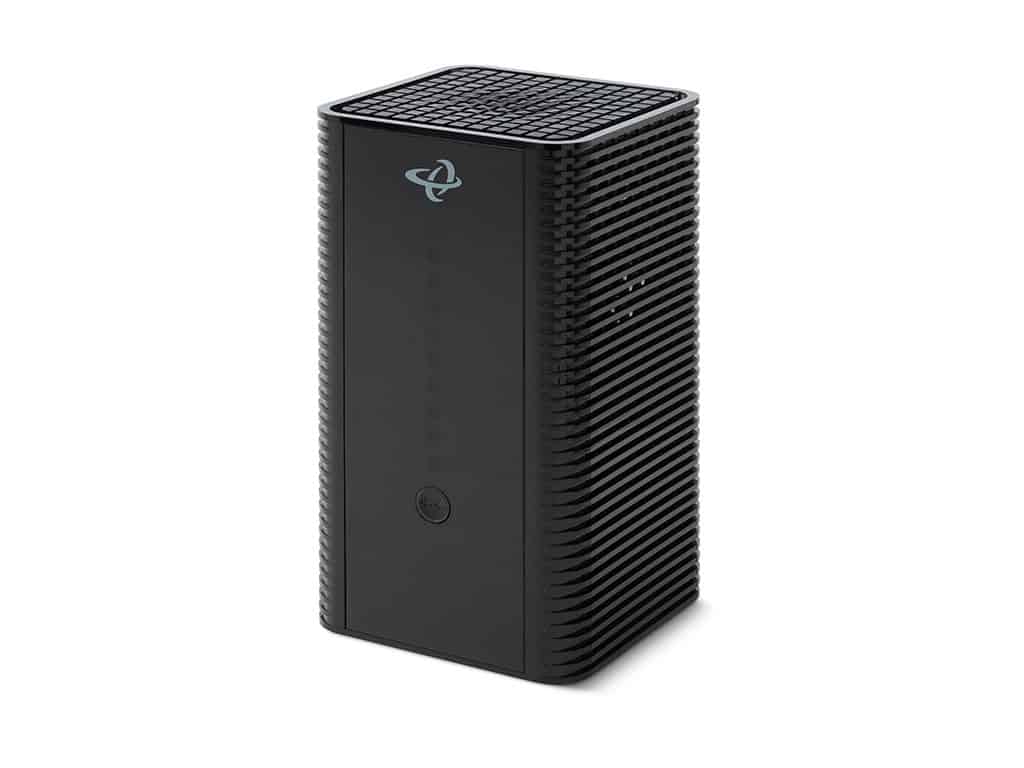DOCSIS 3.1 with Backward Compatibility
Supports 2×2 OFDM/OFDMA + 32×8 DOCSIS 3.0 channel bonding, providing gigabit-class performance today while staying compatible with legacy DOCSIS 3.0 networks.
Wi-Fi 5 (802.11ac)
Dual-band Wi-Fi with 4×4 5 GHz 802.11ac Wave 2 MU-MIMO and 3×3 2.4 GHz 802.11n, delivering stable coverage and speeds suitable for standard home usage.
All-in-One Simplicity
Combines modem and router functionality in a single box, reducing installation complexity, lowering inventory costs, and simplifying support.
Wired Connectivity
Four Gigabit Ethernet ports for wired devices plus a USB 3.0 port for storage and media sharing.
Remote Manageability
Full support for TR-069, TR-369 (USP), SNMP, and proprietary MIBs for operator control and visibility.
Benefits for Service Providers
- Cost-Optimized Deployment: Perfect for entry-level or lower service tiers where Wi-Fi 6 or Wi-Fi 7 is not required.
- Simplified Operations: One integrated gateway reduces truck rolls and customer setup issues.
- Carrier-Grade Reliability: Proven DOCSIS 3.1 technology for consistent performance.
- Meets Everyday Needs: Provides the Wi-Fi and wired connectivity households require for day-to-day activities.
Key Specifications
- DOCSIS Support: DOCSIS 3.1 (2×2 OFDM/OFDMA) + DOCSIS 3.0 (32×8)
- Wi-Fi: Dual-band Wi-Fi 5 (4×4 5 GHz 802.11ac Wave 2 + 3×3 2.4 GHz 802.11n)
- Ethernet Ports: 4× Gigabit LAN
- USB Ports: 1× USB 3.0
- Management: TR-069, TR-369 USP, SNMP, EasyMesh support
- Other Features: IPv4/IPv6, multiple SSIDs, advanced firewall and parental controls
Other Products to Consider
Product
Modem Type
Frequency
WiFi
Wired LAN
Voice
Learn More about Cable Modems & Routers
Cable Modem Routers… A Complete Guide
This Cable Modem Router guide will help you to understand essential information about Cable Modems and Cable Modem Routers so you can make informed decisions about your Internet services. In this article, we will cover: What is a Cable Modem and How Does it Work? A...
How Cable Modems Work
A modem is a device that connects a computer to a local area network (LAN) Internet service. There are a few types of modems: analog modems (dial-up), digital subscriber line (DSL) or cable modems. The difference between the types has to do with the kind of connection...
What is DOCSIS 3.1 Certified and Why Do I Want It?
The ultimate goal of any home network set up is to have the fastest possible speeds and a consistent, reliable connection. This tends to be a big ask in many homes considering the number of devices that are connected to the network at any given time. Fortunately, home...
What is a DOCSIS 3.1 Modem?
A modem is a hardware device that allows you to connect to the Internet. It is the wired device that communicates directly with your Internet service provider (ISP) to get the Internet connection and then pairs with a router to give you WiFi. A cable modem is a type...
DOCSIS 3.1 Modem vs 3.0 Speeds and Testing
Data Over Cable Service Interface Specification (DOCSIS) is an international telecommunications standard for the addition of high-bandwidth data transfer to an existing coaxial cable TV system. The DOCSIS standard influences which modem you get for a cable Internet...


